
CREDIT: Flickr/Marie and Alistair Knock
An Adelie penguin surveys the landscape from a rock slope on Petermann Island, Antarctica
Published in Scientific Reports, the study projects dramatic colony losses by 2060 as global warming affects nesting and potentially the penguins’ food supply of krill and fish. “With these numbers it’s important to note that we are talking about 30 percent of the current Adelie colonies … not the population. For example, there are about 200 Adelie colonies, but within those colonies, there [are] millions of penguins,” Megan Cimino, lead author and postdoctoral scholar at Scripps Institute of Oceanography, told ThinkProgress.
Characterized by a white halo around the eyes, Adelie penguins are fast-swimming predators that breed on the coasts of the southernmost continent of the planet. As of 2014 there were some 3.79 million breeding pairs of Adelie penguin, according to Audubon.
Like other penguin species, Adelie penguins have historically benefited from some warming, which allows better access to rock breeding grounds and the ocean for foraging. However, Cimino and colleagues at the University of Delaware report that warming benefits may have a tipping point. “It is only in recent decades that we know Adelie penguins’ population declines are associated with warming, which suggests that many regions of Antarctica have warmed too much and that further warming is no longer positive for the species,” she said.

West Antarctica is seeing dramatic ice loss particularly the Antarctic Peninsula and Pine Island regions. Ice loss culprits include the loss off buttressing ice shelves, wind, and a sub-shelf channel that allows warm water to intrude below the ice.
CREDIT: NASA/NSIDC
So there is a glimmer of hope for the Adelie penguin. Since the effects of global warming will likely be site-specific, some parts of Antarctica will remain suitable for penguins, Cimino said. This means Adelie penguins might in the coming years march to these buffers zones for survival. The Capa Adare region in East Antarctica, home to the earliest known penguin colony, is one of these areas.
"Though the climate there is expected to warm a bit, it looks like it could be a [refuge] in the future, and if you look back over geologic time, it was likely a refuge in the past," she said.
source




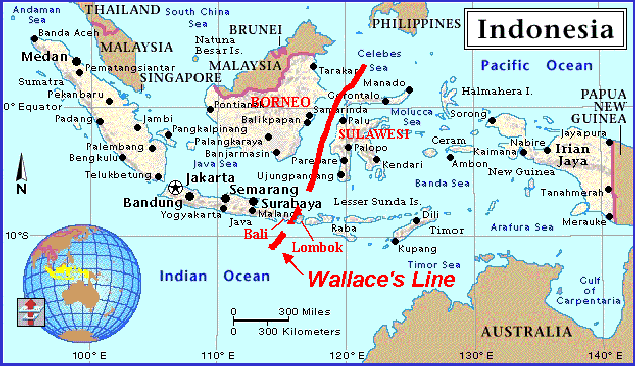


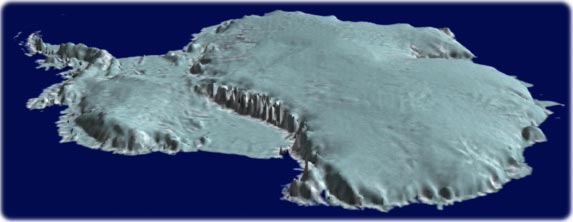
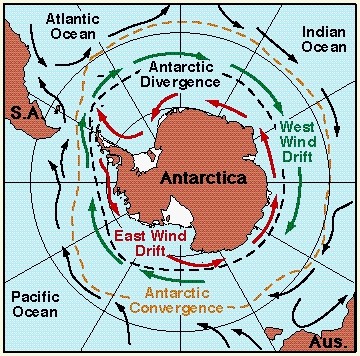





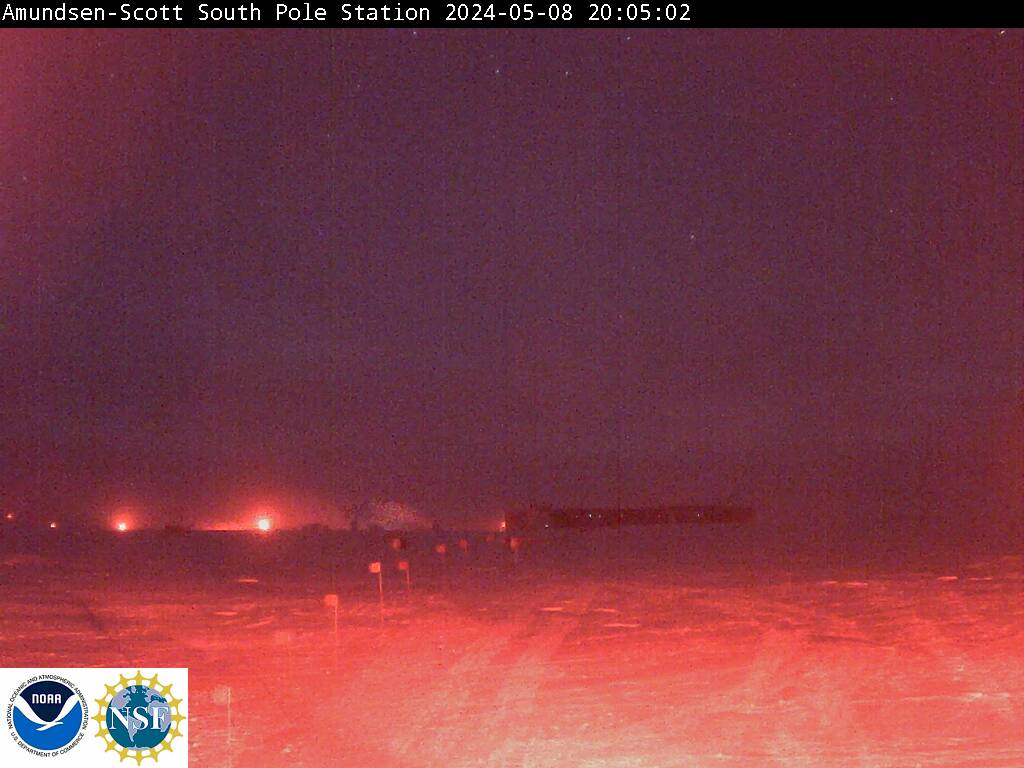
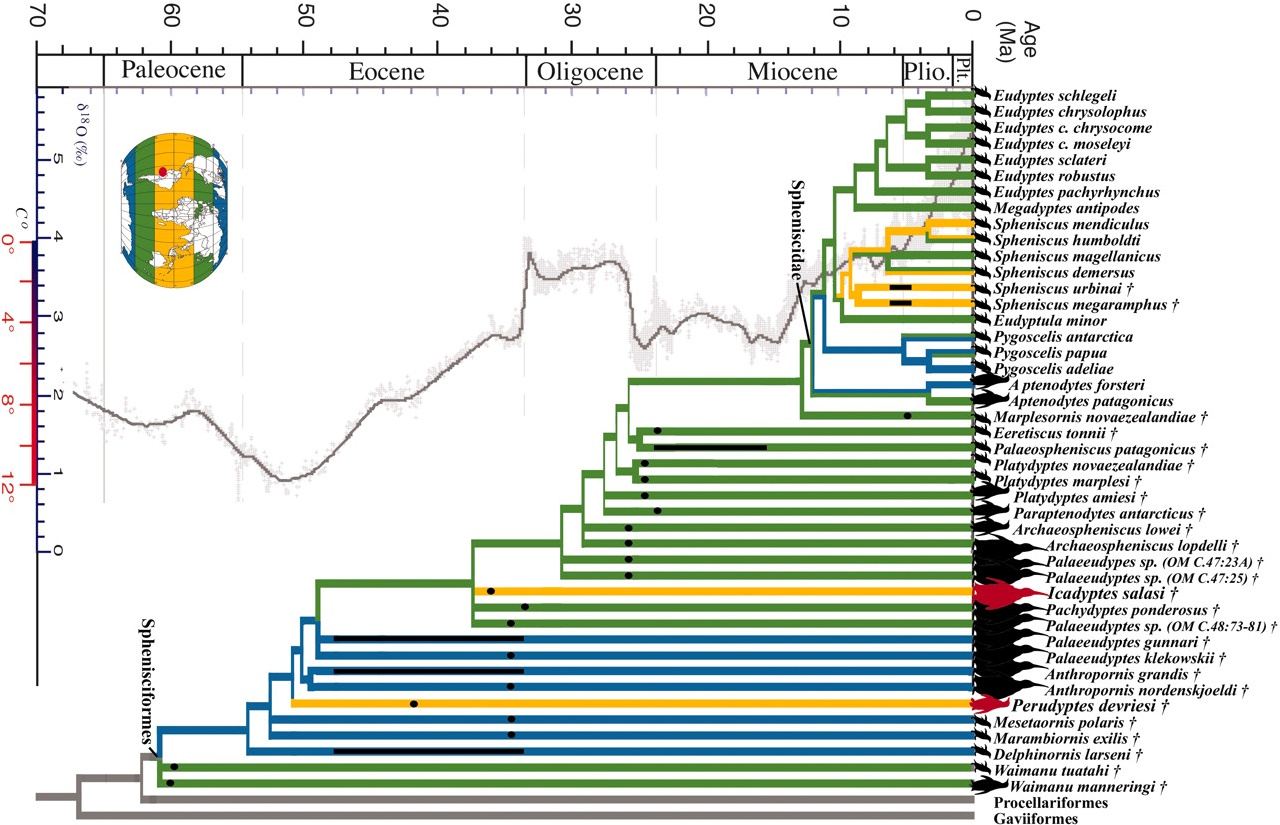

No comments:
Post a Comment